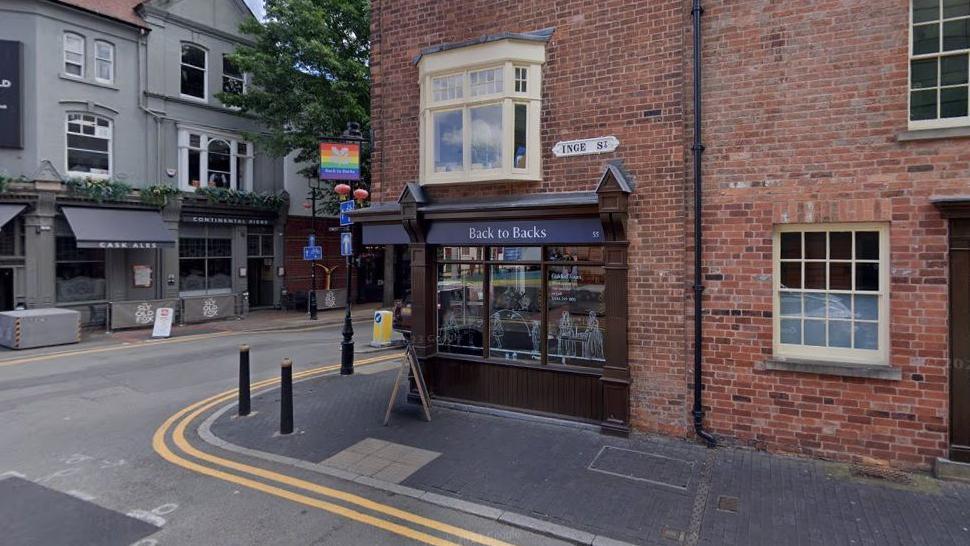National Trust showcases story of Windrush migrant
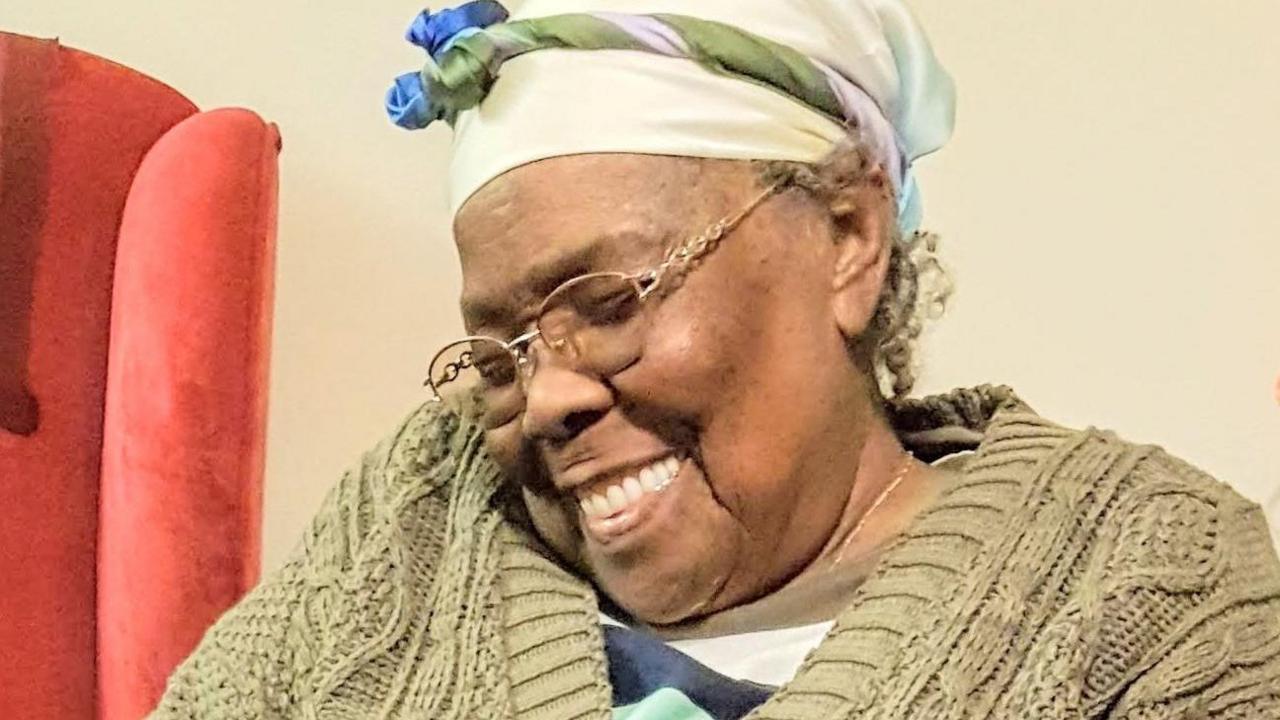
Anita Eutedra Bartley was affectionally known as Mrs B
- Published
A new exhibition at Birmingham Back to Backs will showcase the life of Mrs B, a member of the Windrush generation.
Anita Eutedra Bartley moved from St Catherine in Jamaica to Handsworth in 1955.
The National Trust property will showcase Mrs B's life through films, photographs and domestic objects, such as her array of colourful hats, with each hat telling a different moment of her life.
The exhibition opens on Friday, for the start of Black History Month.
The National Trust said despite Mrs B passing away in 2020 at 90 years old, visitors would be able to hear her story in her own words, exploring leaving her home, the racism she faced and building a community in the UK.
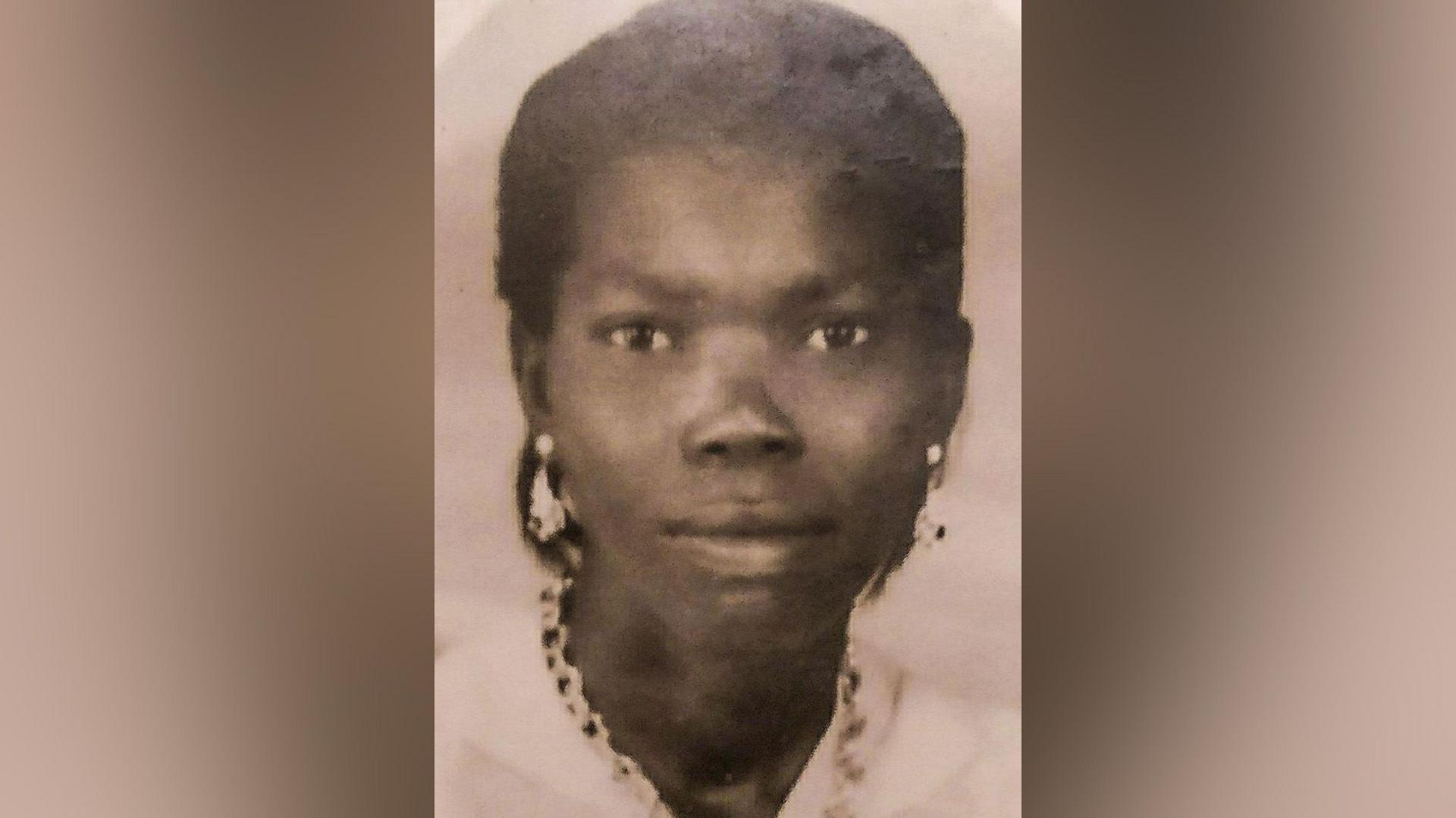
Mrs B came with her husband from their home in Jamaica to Birmingham in 1955
The exhibition is being run in partnership with Mrs B's son-in-law Peter Grego.
He said: "The exhibition captures snippets of one person's story, my mother-in-law Mrs B, as it connects to the history of working people from across the globe who have built their lives here.
"I would hope that it may open up a conversation about the contribution made by those of many generations who have made new lives for themselves in the UK."
Who were the Windrush generation?
HMT Empire Windrush docked in Tilbury, Essex, in 1948, bringing hundreds of passengers from the Caribbean to the UK.
They were invited to the UK to help rebuild post-war Britain.
Several hundred passengers were Jamaican, but others arrived from islands including Trinidad, St Lucia, Grenada and Barbados.
These travellers - and those on other ships which came to the UK until 1971 - became known as the Windrush generation.
Many had served in the British armed forces in World War Two.
In 2018, it emerged that the government had not properly recorded the details of people granted permission to stay in the UK, and many were mistreated.
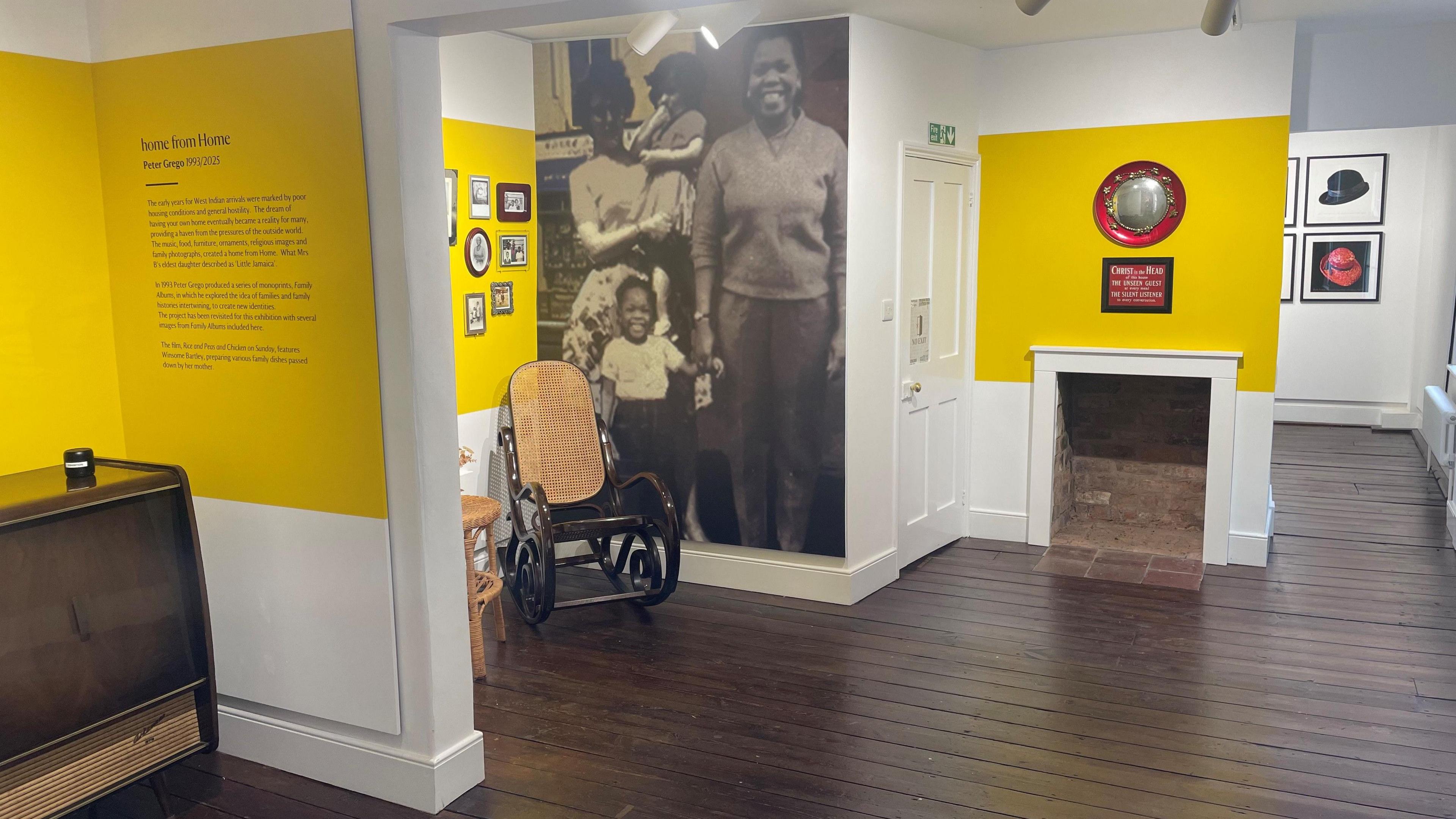
The exhibition opens on Friday, marking the start of Black History Month
Isobel Grove, from Birmingham's Back to Backs, said Mrs B's daughter called her home "little Jamaica".
"It was a safe space away from hostile interactions on the streets, at work or at school. This exhibition offers a glance into that, and the importance of home and community."
Follow BBC Birmingham on BBC Sounds, Facebook, external, X, external and Instagram, external.
Related topics
- Published16 August

- Published14 September
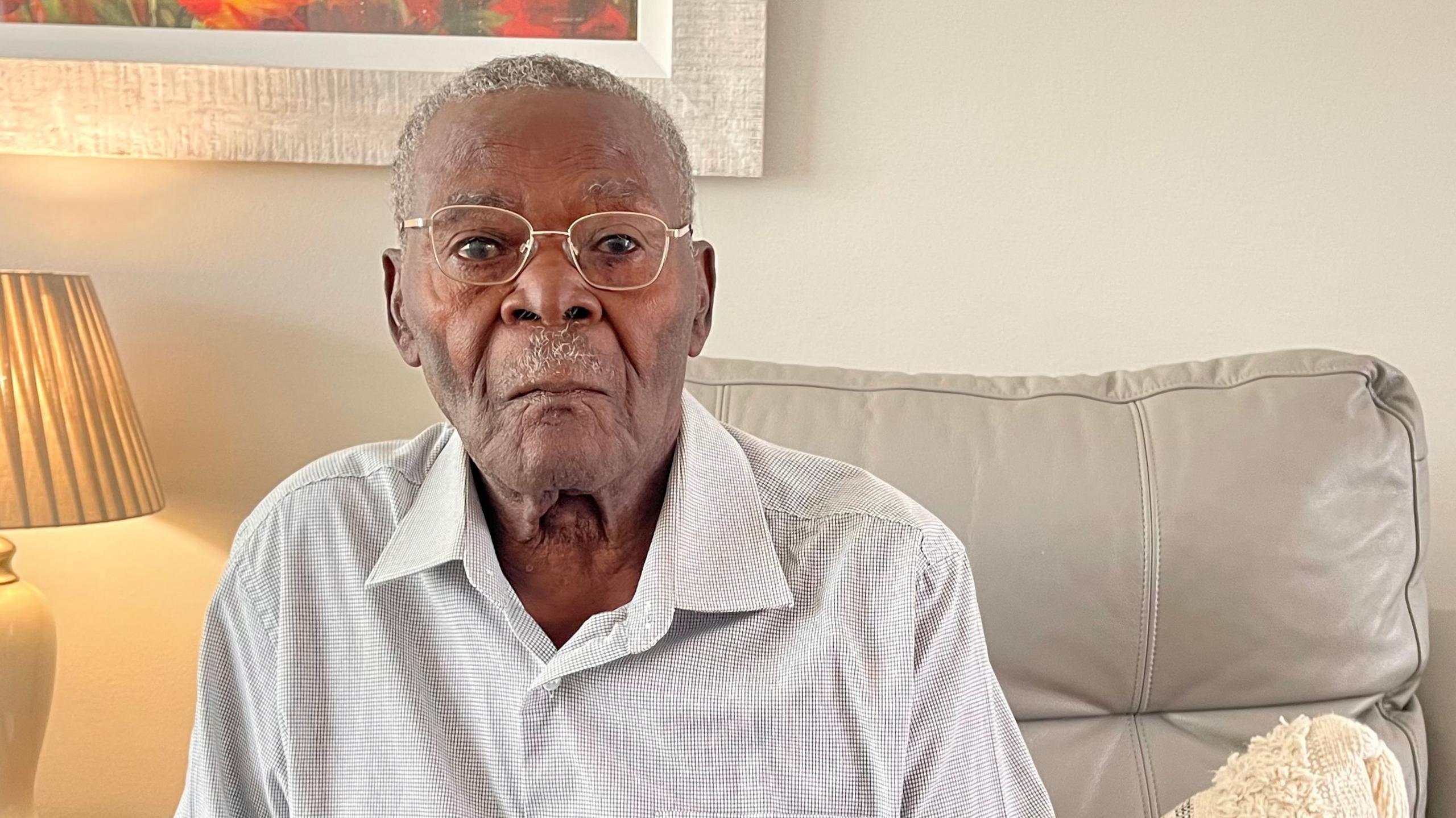
- Published23 July 2024
